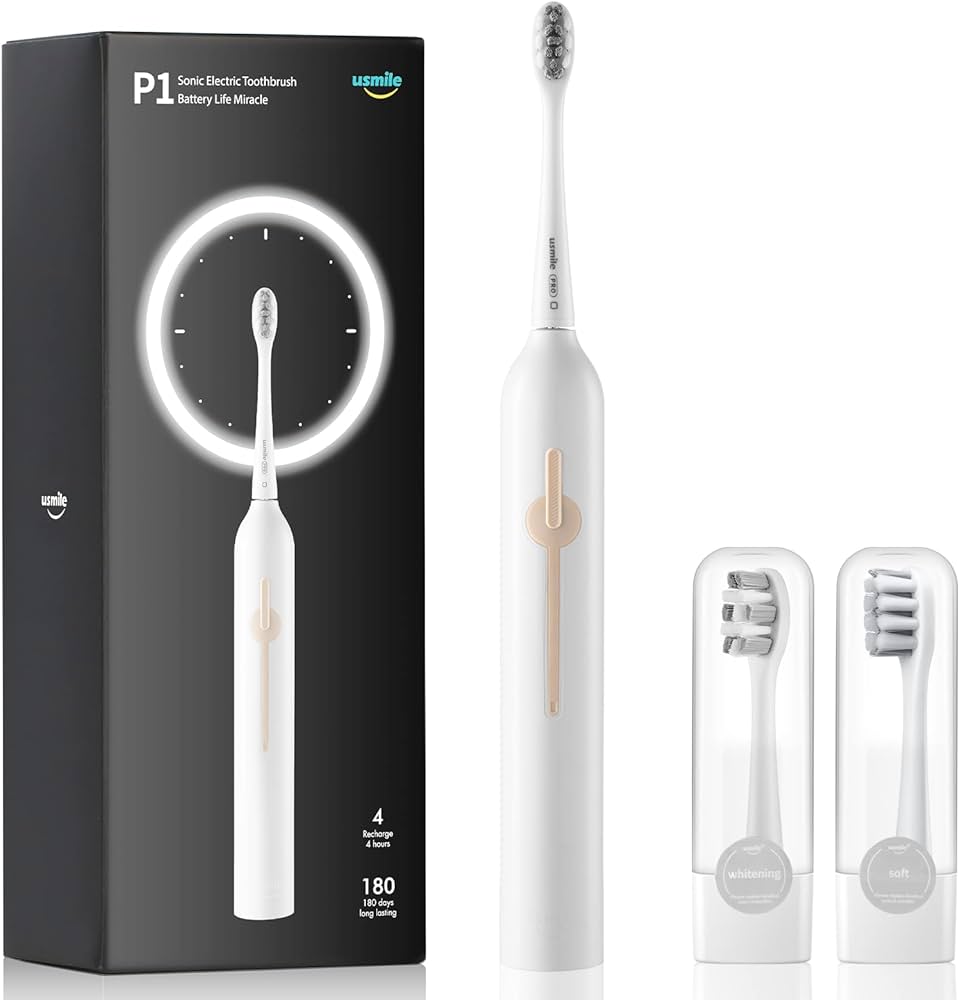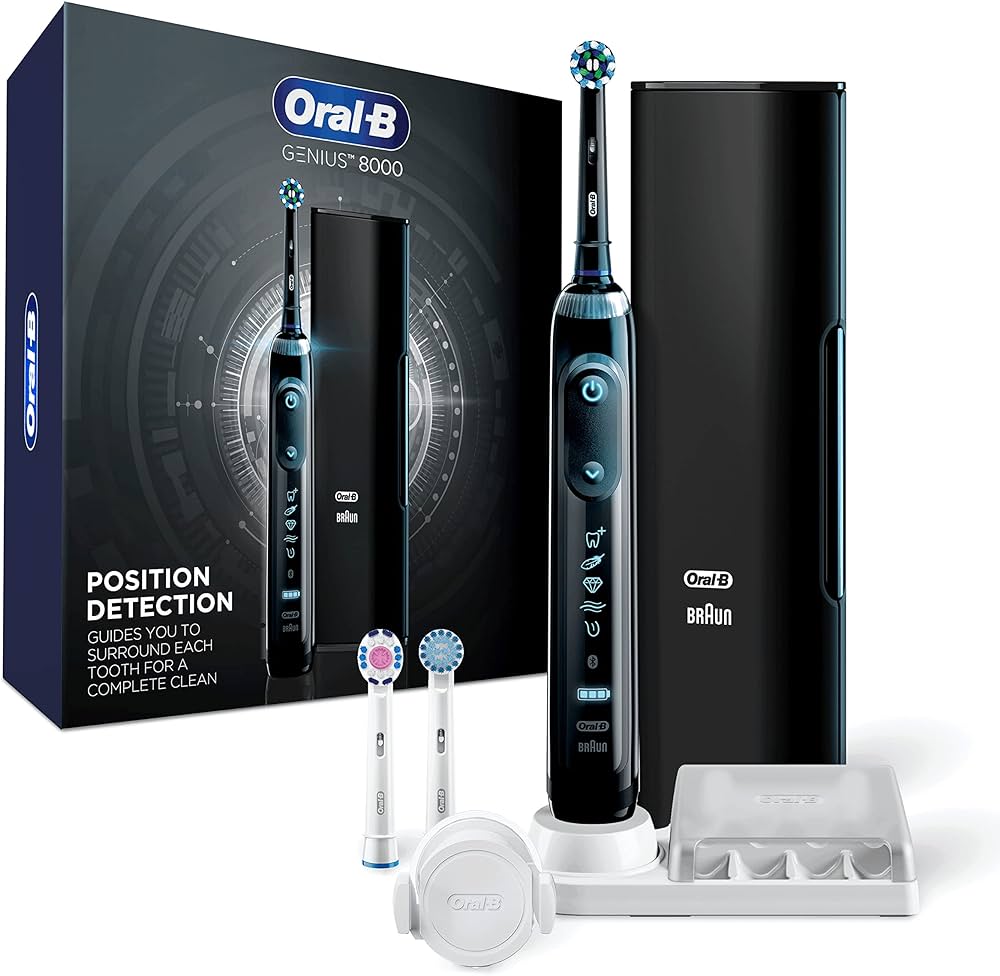Introduction:
The length of a toothbrush is a significant aspect, affecting its handling, storage, and effectiveness in oral hygiene. Different types and designs cater to various needs and preferences. This comprehensive guide explores the dimensions of toothbrushes across different categories, the factors influencing their lengths, and their relevance to user comfort and dental care. It also covers tips for choosing the right toothbrush length and answers common questions about toothbrush sizes.

How Long Is a Toothbrush in Inches?
Standard Toothbrush Lengths
Toothbrushes come in a range of lengths, typically between 6 to 9 inches. This variance accommodates different user needs and preferences.
Adult Toothbrushes: For adults, the standard toothbrush length is usually between 6 to 8 inches. This range provides a balance between providing enough reach to clean all areas of the mouth and maintaining ease of use and control.
Children’s Toothbrushes: Children’s toothbrushes are generally shorter, ranging from 5 to 6.5 inches. The reduced length ensures the brush is easier for small hands to maneuver, promoting effective brushing habits early on.
Travel Toothbrushes: Travel toothbrushes may vary in length but are often designed to be compact or foldable, making them easy to pack. When unfolded, they typically measure between 6.5 to 7.5 inches.
Electric Toothbrushes: Electric toothbrushes tend to be longer due to their handle and battery compartment, usually measuring between 7 to 9 inches. The additional length provides a better grip and accommodates the motorized components.
Factors Influencing Toothbrush Length
Several factors influence the length of a toothbrush, including ergonomic design considerations, user demographics, and functional requirements.
Ergonomic Design: The length of a toothbrush is designed to provide a comfortable grip and effective reach. Ergonomics plays a crucial role in ensuring that the toothbrush can be held and maneuvered easily, reducing hand strain and promoting better brushing technique.
User Demographics: Toothbrushes are tailored to different age groups and needs. For example, children’s toothbrushes are shorter to cater to smaller hands and mouths, ensuring that young users can brush effectively and comfortably.
Functional Requirements: Electric and travel toothbrushes have specific design requirements that influence their length. Electric toothbrushes need to house batteries and motors, while travel toothbrushes must be compact for portability.
Storage Considerations: Toothbrush length also factors into storage solutions, such as toothbrush holders and travel cases. A well-measured toothbrush fits comfortably into standard holders and cases, preventing damage and ensuring hygiene.

Comparing Various Toothbrush Types
Toothbrushes come in various types, each with different length specifications tailored to their unique functionalities.
Manual Toothbrushes: Manual toothbrushes are straightforward in design and generally fall within the standard length range of 6 to 8 inches for adults and 5 to 6.5 inches for children. Their simple design makes them easy to store and use.
Electric Toothbrushes: Electric toothbrushes, due to their added components, are slightly longer, ranging from 7 to 9 inches. This additional length accommodates the battery and motor, providing a good balance between functionality and ease of use.
Battery-Operated Toothbrushes: Battery-operated toothbrushes are similar in length to electric models, typically falling between 7 to 8.5 inches. Their design includes space for removable batteries, affecting overall length.
Travel Toothbrushes: Travel toothbrushes are designed for portability. Foldable models may extend to 6.5 to 7.5 inches when unfolded, allowing them to be compact while retaining effective brushing capabilities.
Specialty Toothbrushes: Specialty toothbrushes designed for specific oral health conditions or dental care needs may have unique length specifications. These include orthodontic toothbrushes, which can be similar to regular toothbrushes but might be designed for easier cleaning around braces.
Significance of Toothbrush Length in Oral Hygiene
The length of a toothbrush significantly impacts its ergonomics, usability, and efficacy in maintaining oral hygiene.
Reach and Coverage: A toothbrush with an appropriate length ensures that all areas of the mouth, including hard-to-reach back teeth, can be effectively cleaned. This comprehensive coverage is crucial for preventing plaque build-up and maintaining oral health.
Handling and Control: The length of the toothbrush handle affects grip and control. A handle that is too short may be difficult to maneuver, whereas a very long handle can be unwieldy, reducing brushing efficiency.
User Comfort: Proper toothbrush length contributes to user comfort, making the brushing experience pleasant and encouraging regular use. Comfortable toothbrushes promote longer and more thorough brushing sessions, enhancing oral hygiene.
Suitability for Different Users: Tailoring toothbrush length to different user groups ensures that everyone, from children to adults to individuals with specific needs, has the appropriate tool for effective brushing.

Choosing the Right Toothbrush Length
Selecting the right toothbrush length involves considering personal preferences, physical characteristics, and specific dental care needs.
Assessing Hand Size: Choose a toothbrush length that feels comfortable in your hand. For individuals with larger hands, a longer toothbrush may provide better control, while those with smaller hands might prefer a shorter handle.
Considering Mouth Size: Ensure the toothbrush can comfortably reach all areas of your mouth. A standard length is usually adequate for most adults, but individuals with smaller mouths may benefit from a slightly shorter brush.
Evaluating Brushing Technique: Your brushing technique can influence the ideal toothbrush length. If you tend to use a vigorous brushing motion, a brush with a slightly longer handle can offer better control.
Special Dental Requirements: Individuals with braces, dental implants, or other dental needs might require a specific toothbrush design, which can influence the ideal length. Consult your dentist for personalized recommendations.
Personal Comfort: Ultimately, personal comfort plays a significant role. Choose a toothbrush length that feels right for you and makes your brushing routine comfortable and effective.
Maintaining Toothbrush Hygiene
Regardless of length, proper maintenance of your toothbrush is essential for ensuring its effectiveness and prolonging its lifespan.
Regular Replacement: Replace your toothbrush every three to four months, or sooner if the bristles are frayed. A worn toothbrush is less effective at cleaning teeth and can harbor bacteria.
Cleaning After Use: Rinse your toothbrush thoroughly after each use to remove toothpaste and debris. Store it in an upright position to air dry, preventing the growth of bacteria.
Avoid Sharing: Do not share your toothbrush with others. Sharing toothbrushes can transmit bacteria and other pathogens, compromising oral and overall health.
Proper Storage: Store your toothbrush in a clean, dry place. Avoid keeping it in closed containers or areas where it can remain damp, as moisture promotes bacterial growth.

Understanding Toothbrush Length in Relation to Storage Solutions
The length of your toothbrush affects its compatibility with various storage solutions and travel containers.
Standard Holders: Most toothbrush holders are designed to accommodate standard toothbrush lengths. Ensuring your toothbrush fits comfortably in these holders prevents damage and maintains hygiene.
Travel Cases: Travel cases should fit your toothbrush snugly to avoid movement and damage while traveling. Foldable toothbrushes or those designed specifically for travel offer convenient storage options.
Bathroom Storage: In your bathroom, store your toothbrush in a location where it can air dry completely. Integrated toothbrush holders or stands optimized for standard lengths are ideal.

Travel Considerations and Tips
Traveling with your toothbrush, especially if it’s longer or an electric model, requires proper planning and storage solutions.
Protective Case: Use a protective travel case to keep your toothbrush clean and safe from damage. Ensure the case fits the length of your toothbrush securely.
Pack Conveniently: Pack your toothbrush in an easily accessible part of your luggage. If you have a longer handle electric toothbrush, consider disassembling it if possible to save space.
Replacement Brush Heads: For electric toothbrush users, bring extra brush heads in separate protective cases. This ensures you always have a fresh brush head available.
Adhering to Airline Regulations: When flying, remember that toothbrushes are allowed in both carry-on and checked luggage. If you’re carrying an electric toothbrush, ensure it meets airline regulations regarding electronic devices and batteries.
Conclusion
The length of a toothbrush, typically ranging from 6 to 9 inches for adults and slightly shorter for children, plays a crucial role in effective oral hygiene. Understanding the factors influencing toothbrush length, including ergonomic design and specific user needs, helps in choosing the right toothbrush for optimal dental care. Proper maintenance and storage ensure your toothbrush remains effective and hygienic. This comprehensive guide equips you with the knowledge to select, use, and maintain a toothbrush that suits your needs, enhancing your overall oral health routine.

